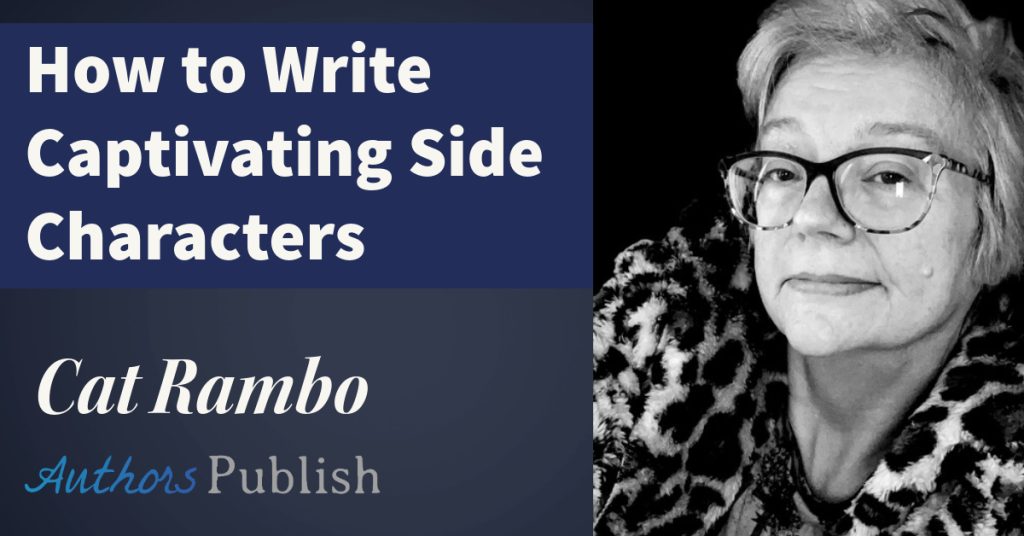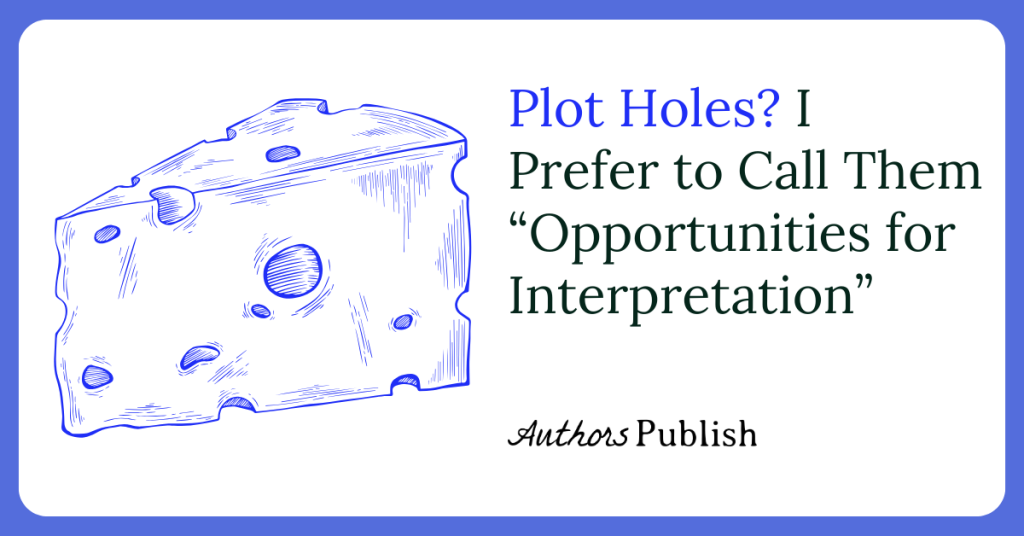For some people, there are few things as scary as a minimum word count requirement; for others, they dread length guidelines. I, myself, fall into the latter category.
My current novel clocked in at 110,000 words. I was relieved when an acquisitions editor asked me to flesh that out. Unfortunately, she didn’t mention until a month later that I couldn’t be considered if my manuscript breached the 100,000 mark. After five drafts, I was told I had to cut a minimum of 37,626 words before she would even read that draft, much less recommend it for publication.
I come from Norse stock and moonlight as a Sunday School teacher, so I’m well-versed in end of the world theory. On day 1, I was fairly certain that excising 27% of my words counted as Ragnarok, but then I settled down and calculated that I only had to find 68 words per page to cut and I calmed down considerably.
It took another month for me to get through drafts 6 and 7, but in the end, I sent the editor a novel that was 99,820 words and she declared the length to be perfect. I’m here to share a few things that I learned along the way.
- To borrow from Tyrion Lannister, “Chaos is not a pit. Chaos is a ladder.” You may be starting your second draft or working on your seventh, like me. No matter where you are in the process, this is a great chance to tweak your own writing style.
- You can find great wit and wisdom in concision. Reducing five-paragraph sentences to the essentials drew me into an unexpectedly pithy zone where I made puns and had brilliant one-liners. I also found that my characters experienced life at the speed of thought, which lent situations gravity when they were dealing with crises. As tempting as it might be to think about a line of dialogue for three pages, it’s rarely necessary and it’s a rare reader who will have patience for it.
- Your readers won’t hate you for your pacing. A trope that I’ve noticed in television is the eye-of-the-storm pre-event evening of epiphany. They do it a lot in Revenge and Game of Thrones. If your story needs to move at a pace where you don’t go into pain-staking detail about the prelude to excitement, so be it. The story will be worth it.
- Cutting entire scenes isn’t as frightening as you might think. I keep a document of chunks of prose that I have removed, just in case I someday want to use them again. In that document are sentences and paragraphs and a few simple phrases. One memorable selection is a three-page interlude that fit with the style of the book , but was anecdotally interesting instead of vital to the plot. I plan on putting it on my site’s “Outtakes” section.
- When in doubt, reduce everything to a script. You can have nothing but dialogue and rudimentary stage direction. Then, re-read it so that you can see where a sentence or two of elaboration could drive the scene forward.
So, there we have it. It’s not the end of the world. It’s your ticket to ride on a great journey. If you ever face the dreaded word limit, I hope you now have some things to remind you of just how liberating this can be. These are principles that can be used at any stage of the editing process and as many times as required, no crisis necessary.
Bio: There are few hours in a week when Kathryn Olsen is not at a computer. She works for a disability firm, has a Steam obsession and writes fan fiction far more than is healthy. In her spare time, she can be found doting on her siblings’ kids, planning which country she’ll explore next or teasing her four goldfish. She has recently signed a contract for her debut novel, Wingspan.






